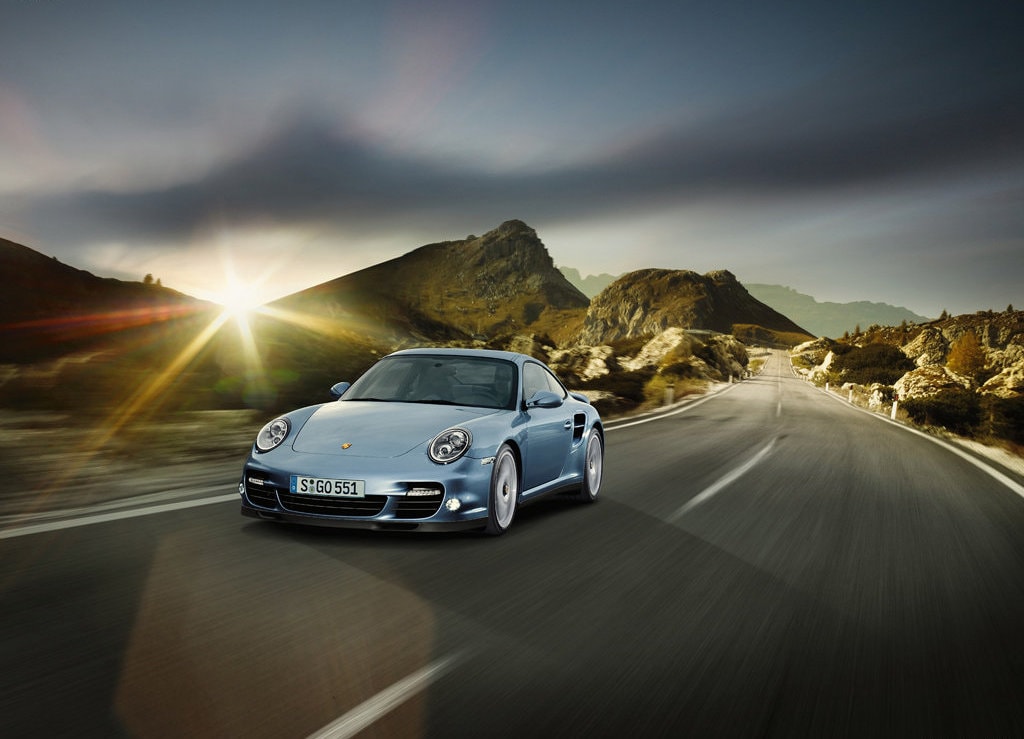The traditional brand with the four rings took a blow from its parent company, Volkswagen CEO Martin Winterkorn having told Porsche it will take the lead in developing sports cars and big luxury sedans for VW group, a role that Audi executives and engineers had been strongly lobbying for.
The announcement came just before Porsche's annual meeting on November 30 and calmed the spirits at the Stuttgart-based company, who feared it would slowly be phased out as it becomes VW group's 10th brand.
Porsche will be responsible for the development of VW's "modular standard matrix" that the Porsche Panamera and future Bentley models will be based upon, as well as a platform for front-mid- and rear-mid-engined sports cars for Porsche, Audi and Lamborghini. Porsche has rejected Volkswagen's initial plans of using a VW-developed platform for sports cars such as the 911, fearing that the underpinnings wouldn't meet Porsche's stiffness standards.
"Porsche is clearly the leading sports car brand in the VW group. This is a brilliant solution -- Porsche gets the chance to develop VW's sports car architecture to its standards, but VW gets tighter control of Porsche's engineering," says Christoph Stuermer, an IHS Global Insight automotive analyst.
Porsche takes it new role seriously, as it adds a wind tunnel, design center, electronics integration center and about 100 engineers at its development center in Weissach, near Stuttgart.
Audi will continue to develop VW group's "modular longitudinal matrix," which was introduced in 2007 as the base platform for the Audi A4, A5 and Q5. Up to 15 cars will use the platform in the mid term. Additionally, VW is developing a "modular transverse matrix", which will make its debut with the introduction of the Audi A3 in 2012 and will eventually underpin about 40 models and 3 million units annually, including the VW Golf.
VW's "modular toolkit strategy" allows the company to use the same platform in various models, giving it a key advantage against its cutthroat competition. The strategy reduces the company's costs by 20 percent and engineering hours by 30 percent, allowing for increased production flexibility.
The announcement came just before Porsche's annual meeting on November 30 and calmed the spirits at the Stuttgart-based company, who feared it would slowly be phased out as it becomes VW group's 10th brand.
Porsche will be responsible for the development of VW's "modular standard matrix" that the Porsche Panamera and future Bentley models will be based upon, as well as a platform for front-mid- and rear-mid-engined sports cars for Porsche, Audi and Lamborghini. Porsche has rejected Volkswagen's initial plans of using a VW-developed platform for sports cars such as the 911, fearing that the underpinnings wouldn't meet Porsche's stiffness standards.
"Porsche is clearly the leading sports car brand in the VW group. This is a brilliant solution -- Porsche gets the chance to develop VW's sports car architecture to its standards, but VW gets tighter control of Porsche's engineering," says Christoph Stuermer, an IHS Global Insight automotive analyst.
Porsche takes it new role seriously, as it adds a wind tunnel, design center, electronics integration center and about 100 engineers at its development center in Weissach, near Stuttgart.
Audi will continue to develop VW group's "modular longitudinal matrix," which was introduced in 2007 as the base platform for the Audi A4, A5 and Q5. Up to 15 cars will use the platform in the mid term. Additionally, VW is developing a "modular transverse matrix", which will make its debut with the introduction of the Audi A3 in 2012 and will eventually underpin about 40 models and 3 million units annually, including the VW Golf.
VW's "modular toolkit strategy" allows the company to use the same platform in various models, giving it a key advantage against its cutthroat competition. The strategy reduces the company's costs by 20 percent and engineering hours by 30 percent, allowing for increased production flexibility.
